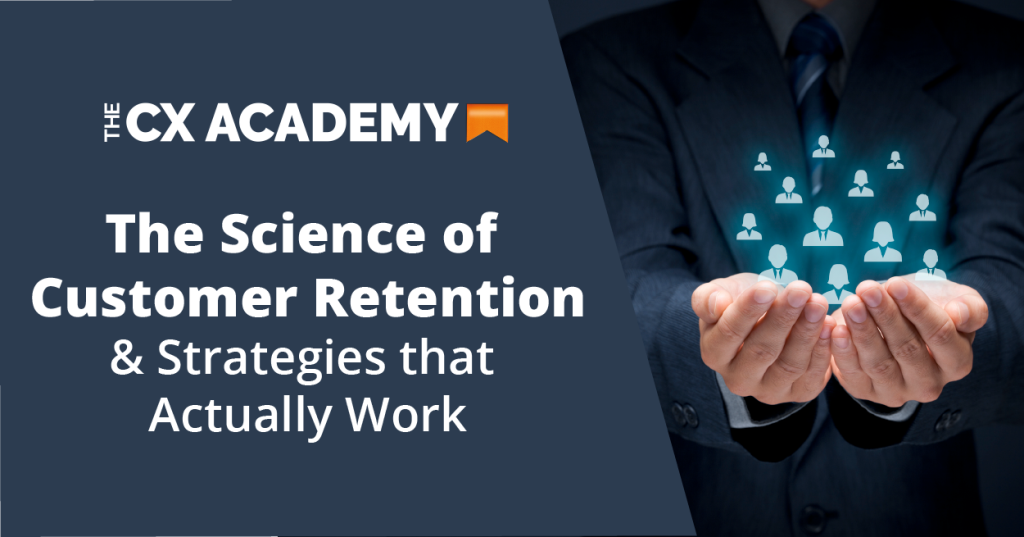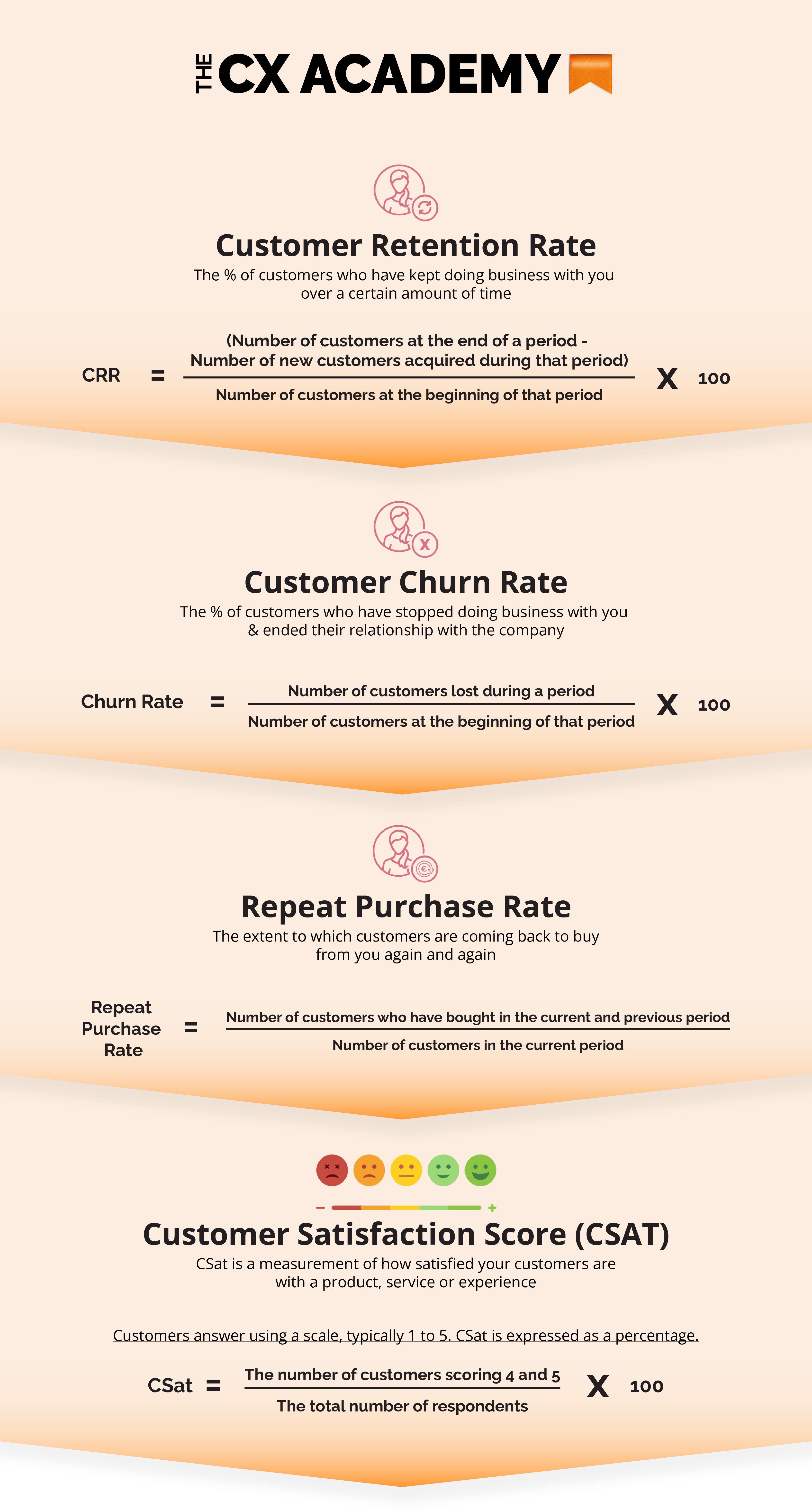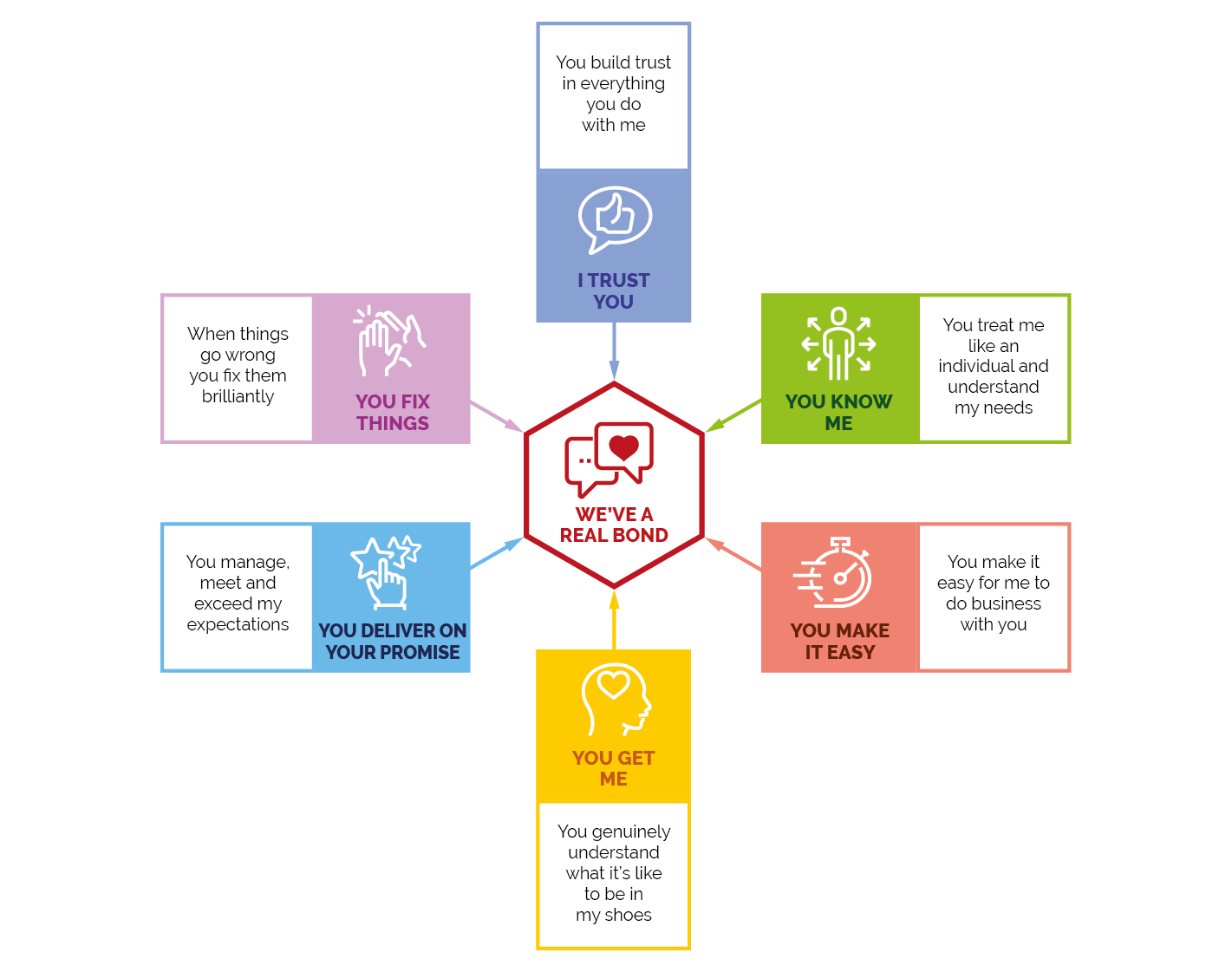
Acquiring new customers is five times more expensive than retaining existing customers. So why are most brands still focusing on customer acquisition rather than customer retention?
Customer retention in theory is simple – keep your customers happy and they’ll stay with you for longer. However in reality it is a real challenge. Customer expectations are rising every day. On top of this, different generations are looking for different things so automation and personalisation are trickier than ever. And even though the rise of AI promises to help solve the majority of our problems – it still has a long way to go.
So how do you increase customer retention without wasting your time and money on guessing? Well, you can always look to science.
By understanding the psychology of customer retention and what motivates your customers, you can create strategies that appeal to these motivations, promoting repeat purchases and growing customer loyalty.
Understanding Customer Retention
Zendesk explains that customer retention is a company’s ability to turn customers into repeat buyers and prevent them from switching to a competitor. Retaining customers is more cost-effective than acquiring new ones as it can cost five times more to attract a new customer than to keep an existing one.
Therefore when you have spent a significant amount to acquire them in the first place it’s simply a smart business move to then switch your tactics and leverage the power of customer retention. Research done by Frederick Reichheld of Bain & Company (the inventor of the net promoter score) that shows increasing customer retention rates by 5% increases profits by 25% to 95%.
This becomes even more vital if you’re in an industry that generally has a high CLV (Customer Lifetime Value). Industries such as technology and travel where people seek upgraded products and personalisation tend to have a higher CLV. Therefore by increasing your customer retention, you will naturally increase your Customer Lifetime Value.
Retention Metrics

These are just some metrics that you can use to track your Customer Retention Rate (CRR). However, they will not be very useful if you don’t have a goal to reach for. 100% customer retention is a dream that most companies are not able to achieve. However, stating what a good customer retention rate is, can be tricky as it depends on the size of your company and the industry you’re in. For example, the average CRR for the Media sector is 84% but a CRR of about 20% will be good for a small company. If you’re in the e-commerce business it should be above 35%.
Therefore it’s important to measure it and always work towards a higher number.
The Psychology Behind Customer Retention
Behavioural science offers valuable insights into why customers stay loyal. Understanding the human element can help you create more effective retention strategies. Emotional attachment, perceived value, trust, and habit explain why customers remain loyal to a brand. And by putting strategic moves in place you can significantly enhance your customer retention rates.
As our CX Framework shows, by creating trust, personalising your customers’ experience, showing empathy, delivering on your promise and fixing things when they become broken, you build a strong bond between your customers and your organisation. Customers who have a strong emotional bond with an organisation will be more likely to become loyal customers.
The reason why it works is that when you deliver an exceptional experience for your customers you trigger the release of chemicals such as dopamine, serotonin and oxytocin in the human brain.
We’ve all heard of dopamine as the ‘feel good’ hormone. The truth is that as humans we easily become addicted to dopamine and we seek experiences that spike this hormone in our brains. When we have a good experience with a brand or service, we are more likely to want to interact with it again as it makes us feel good. Simple.
Oxytocin and Serotonin on the other hand are mostly associated with building relationships, trust and empathy. These hormones are again released when we have a positive experience however instead of simply giving us an addictive reaction they foster our trust in a company.
The idea is that by providing great and memorable experiences every time your customers interact with your business these chemicals will be triggered in their brains making your business the obvious choice next time. On top of this, if you deliver these exceptional experiences consistently over some time when something goes wrong, the trust association that they have built with your company will help you keep them as customers.
If they have a strong emotional bond with your company they’re more likely to reach out to you and offer you an opportunity to fix your mistake. In 2020, Qualtrics found that nearly 80% of customers will forgive a bad experience if they rate the service team as “very good.”.
As well as this you can increase your customer retention through customer habits.
As Euron states, “Habits are automatic behaviours that we engage in unconsciously, triggered by specific cues in our environment. By identifying these cues and creating a routine that leads to a reward, businesses can encourage customers to develop positive habits around their brand and products.”
Together with habit formation and providing exceptional experiences that foster a strong bond between your organisation and your customers, you can craft a strategy that will promote and increase customer retention.
Proven Strategies for Customer Retention
Personalisation
Personalisation is a powerful tool in customer retention. When your customers feel that you understand their needs and preferences, they are more likely to remain loyal.
A great example of this is HeidelbergCement. This German construction company which is found in over 50 countries, has adapted to each location’s unique challenges.
The company needed to tackle customer frustrations and save accounts before they churn. They did it by rolling out a plan in 25 countries aimed at gathering feedback from local customers and personalising their experience accordingly.
The company established “designated experience champions at each local business unit” that had the power to “shift the business’s approach and strategy accordingly” to customer feedback.
Through this hands-on approach, HeidelbergCement receives over 70% response rates on its surveys and continues to strengthen its relationships with its customers.
Community Building
Building a community around your brand can create a sense of belonging and loyalty among your customers. When customers feel that they are a part of a community, they are more likely to remain engaged with your brand and be your advocate telling others about your products and services.
You can create a community of loyal customers by creating spaces for interaction such as online communities and forums. In places like this customers can connect with each other and with your brand.
You should invite customers to use these spaces to share their experiences, reviews, and content related to your products and services. This not only fosters a sense of community but also provides valuable social proof.
As well as this you can use this space to organise events, webinars or live sessions where customers can learn more about your products, ask questions, and engage with your team. This helps strengthen the bond between your brand and its customers.
The CX Academy Framework
We believe that one of the best ways to increase retention is by using our CX Framework to deliver excellent customer experience every time at every touch point in the customer journey.

Our CX Framework is made up of six emotional drivers that link directly to the psychology of customer retention. All factors in the framework aim to strengthen the relationship and can help create memorable experiences that will trigger positive emotions. By following the rules of the framework you will be able to create a deep bond with your customers based on trust.
No matter which strategy you choose to go for, however, you must always keep the customer at the centre of all decisions. If you will do this your customer retention will improve.
If you would like to learn more about how can you use our CX Framework to create successful CX Strategies and increase your customer retention, enrol in our Professional Diploma in CX today.
